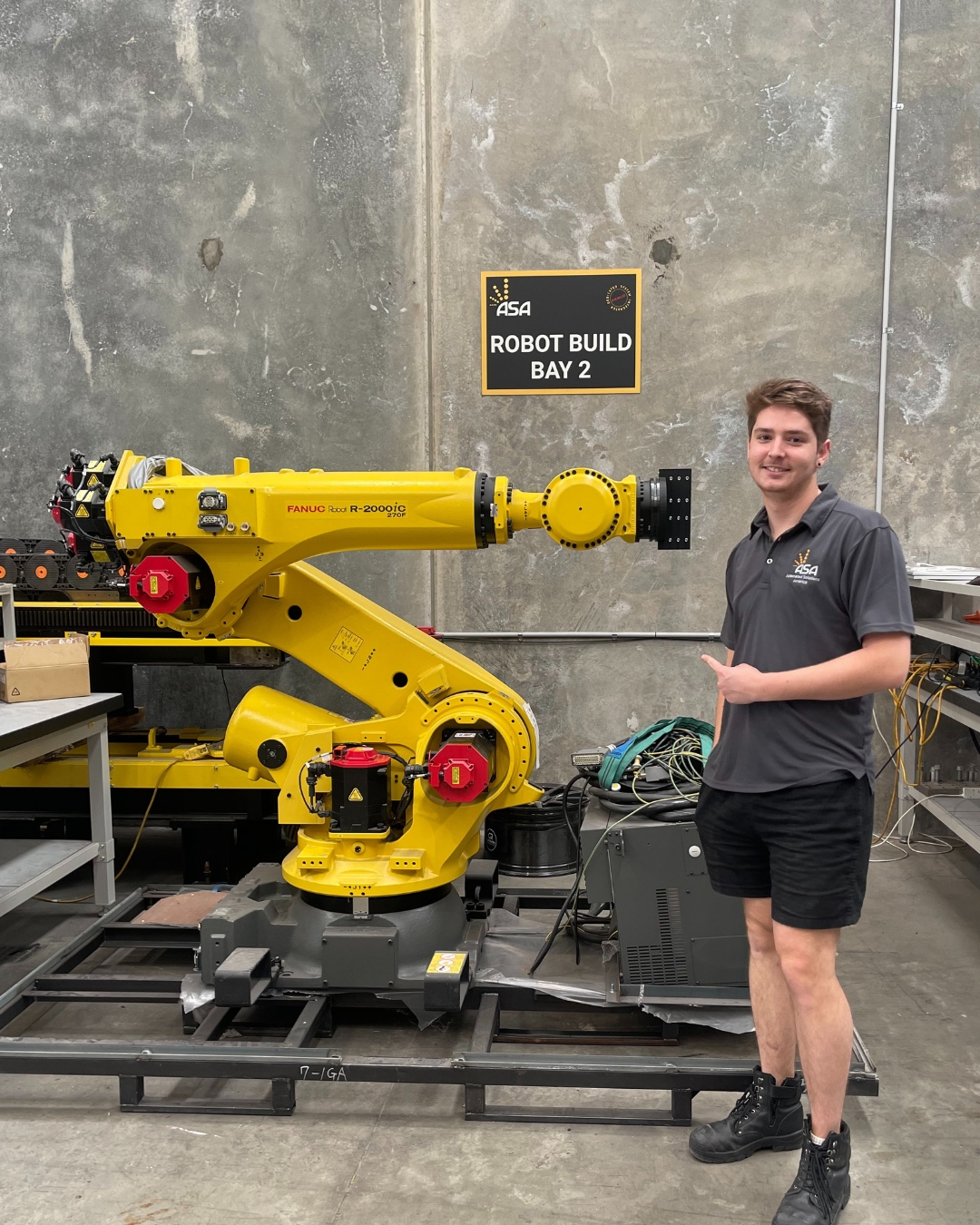In the heart of manufacturing today, robotic arms are changing the rules of production, blending precision, safety and efficiency in ways that were once unimaginable. These marvels of the mechanical realm – sometimes called robot arms become essential to industries around the world, due to the urgent need to cut operating costs without sacrificing quality. In integrating robotic arms into production lines, companies are not just reducing costs but also revolutionizing workplace safety and productivity. We’ll look at how these revolutionary machines can transform the way that industrial processes operate.

Image credit: automatedsolutions.com.au
The primary force behind the global surge in robotic arm adoption is cost efficiency. The demand on factories to decrease production errors, waste materials and workplace injuries is never-ending. Robotic arms were designed to solve these issues. Robots help avoid costly mistakes and minimize the use of raw materials, through performing repetitive tasks more precise than humans. For example, in industries with high volumes such as automotive manufacturing, robot arms are able to perform precise welding and part positioning and ensure flawless assembly each time. This accuracy results in substantial savings as fewer flaws means less time spent reworking, waste and work.
Safety is another important factor in the emergence of robot arms. Human workers are at risk while performing various jobs in manufacturing, such as working with hazardous materials or using large machinery. By utilizing robot arms firms can keep workers out of hazardous environments. This decreases the chance of workplace injury. Robotic arms, which are designed as a kinematic chain of flexible joints, mimics functions of an arm, but is not at the danger of physical injury. These machines are equipped with robotic hands, or end-effectors that can be programmed. They can be used for tasks like grasping, spinning and welding under conditions that make it unsafe for humans.
The versatility of robotic arms can be a game changer in various industries. Robot arms can handle a variety of tasks. From automotive assembly, to electronic production. The ability to program these arms allows them to execute complicated tasks such as painting or applying fiberglass with an unmatched level of accuracy. In warehousing, robotic arms have changed palletizing by making it easier to load goods onto pallets with accuracy and speed. Automation not only improves efficiency but also ensures safety as robot arms can perform their work without fatigue.
The rise of cobots (collaborative robots) that collaborate with human workers is one of the most exciting advancements in the field. Cobots, which are equipped with a robotic arm, can work seamlessly with humans, unlike industrial robots, which are usually confined to cells. In a manufacturing environment cobots’ robotic arms could be able to handle the heavy lifting or tasks that are repetitive, freeing humans to concentrate on more challenging tasks. The cobots slow down or alter their movements when they see a person close by.
The effects of robotic arms go beyond safety and efficiency to the very foundation of modern manufacturing. They are essential for industries that require extreme accuracy in tasks like welding, assembly or even material handling. In the production of automobiles such as assembly, a robot arm can rotate and place components during assembly to ensure perfect alignment without the need for human involvement. In the electronics industry, robots are used to manipulate delicate components, which reduces damage and improves output quality.
Robotic arms are predicted to grow in importance as industries evolve. Their capacity to cut costs, improve safety, and adapt to diverse tasks makes them the foundation of the future of manufacturing. Robot arms, that combine cutting-edge technologies with human creativity is not just a tool, but partners in progress. They are the engine behind innovations and revolutionize the way that the world is constructed.